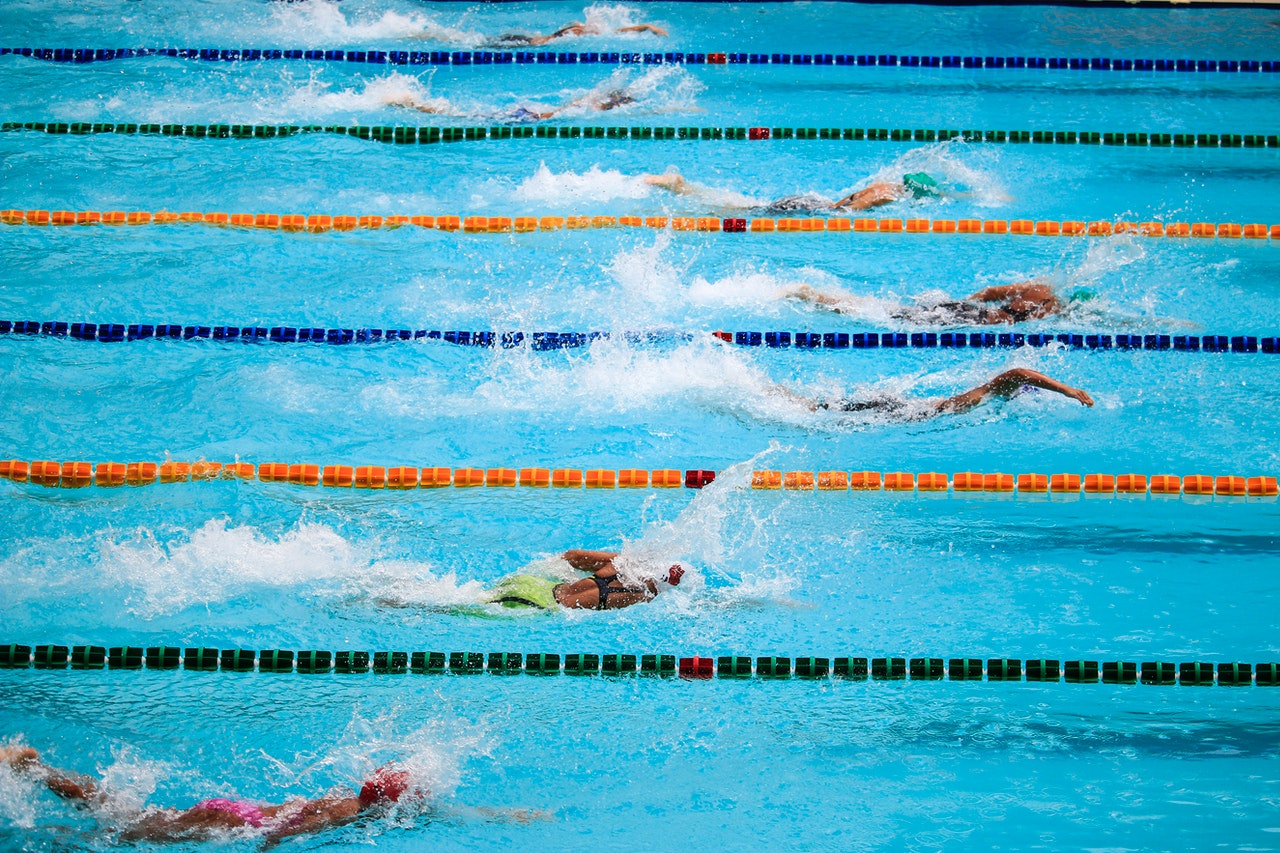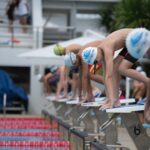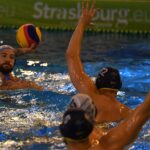The job of the swim school instructor is to guide and motivate students throughout the learning process. First-timers can feel anxious when swimming lessons become tedious and difficult, however. If motivation declines in a class, how can you revive their enthusiasm? Swimming is like any other life skill; it takes repetition, practice, dedication, and motivation to master it. Lack of swimming motivation is one of the most common reasons for students to quit lessons. If you are a swimming instructor, you can do these things to keep the students motivated.
Developing Student-Instructor Relations
Building a rapport with students will help them accomplish their swimming goals. As an instructor, becoming more approachable and open will increase students’ receptivity to your information and guidance. As a result of improving rapport, swim instructors can position themselves as role models for their students, helping them generate higher long-term swimming motivation.
Have Easy-to-follow Directions
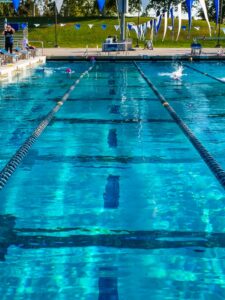
The way people learn and train differ; some are auditory and others visual, but it is important to take these differences into account when providing instructions on how to swim. Swim school students who are constantly confused and unsure of what they’re doing can have a negative learning experience. Bad directions can not only cause a student to lose motivation to swim, but to associate swimming lessons in the future with feelings of uncertainty and confusion as well.
This is why having easy-to-follow directions is crucial.
Games for Learning
There is a lot of discipline required in the pool during swim lessons. It can be fun to mix up the structure of swim lessons and to incorporate some educational games. Playing swimming games with students is an effective way to change their perspective. When swimming becomes mundane and chore-like, swimming students are likely to lose interest, especially those who are very young. It is excellent for relieving stress and also for developing social skills and confidence. When going through their swimming lessons, students can practice their swimming technique in a very natural and relaxed way, which will improve their chances of overcoming more challenges in the future.
Provide Specific Feedback
When students receive structured and relevant feedback during the class period, their engagement is heightened and they are inspired to improve. A structured lesson plan should also be followed by feedback to ensure that they stay on track. A good instructor should provide constructive and encouraging feedback in their feedback sessions. The positive reinforcement of their swim style, attitude, or behavior can really help motivate, and this will lead to them being more open to criticism as well. Students learn swimming more effectively when they receive positive feedback, which gives them an achievable target they can work on – which will contribute to their learning.
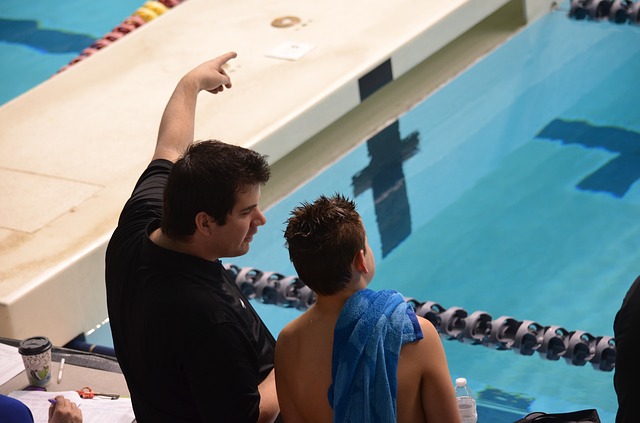
Encourage Self-evaluation and Establishing Goals
The motivation derived from having a goal is essential for students who are learning to swim. Although setting goals directly for students is more efficient, it can also be more powerful if you teach them how to identify their strengths and weaknesses. Students can feel comfortable looking inwards and critically evaluating their own skills if instructors create a non-judgmental atmosphere. As part of this process, you should point the students out by paying attention to both their strengths and weaknesses. Acknowledging their best characteristics can help students appreciate what they have accomplished.



